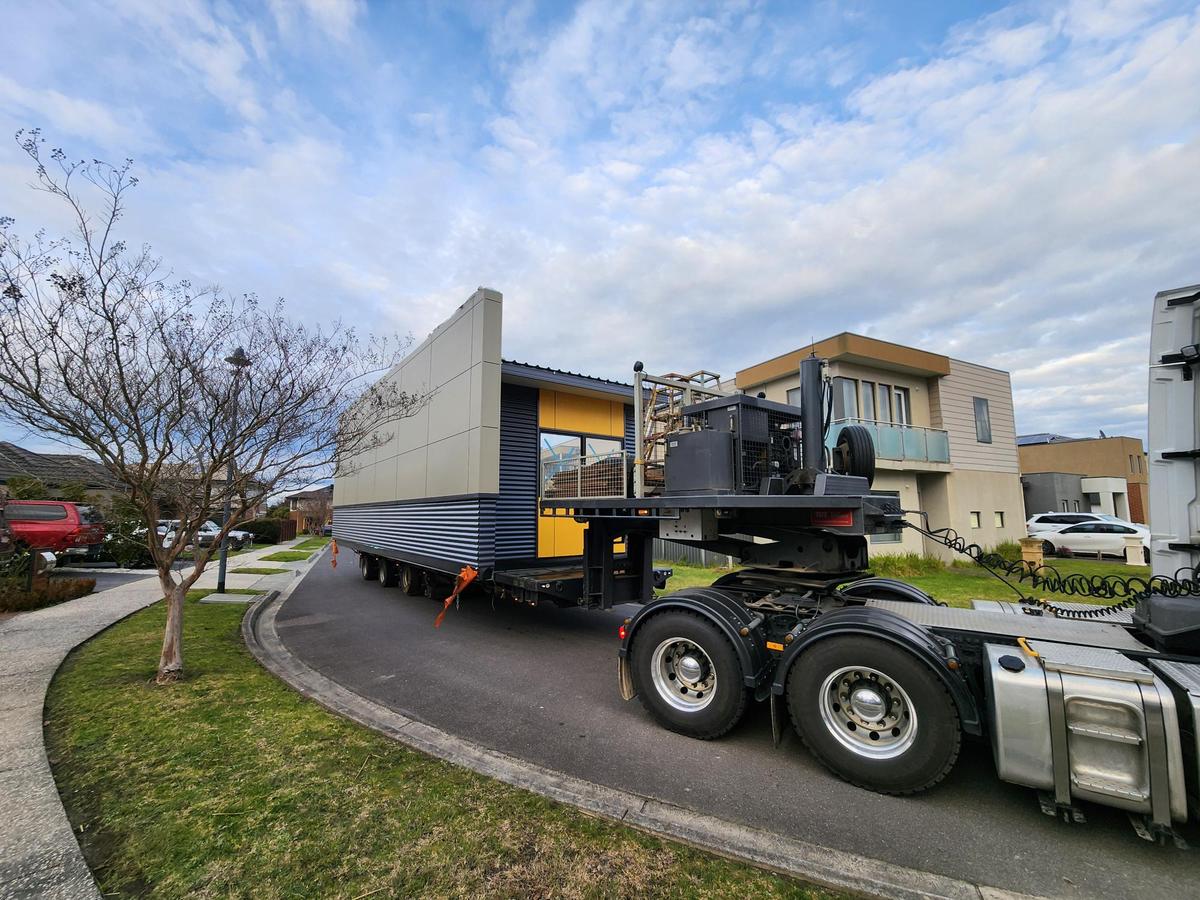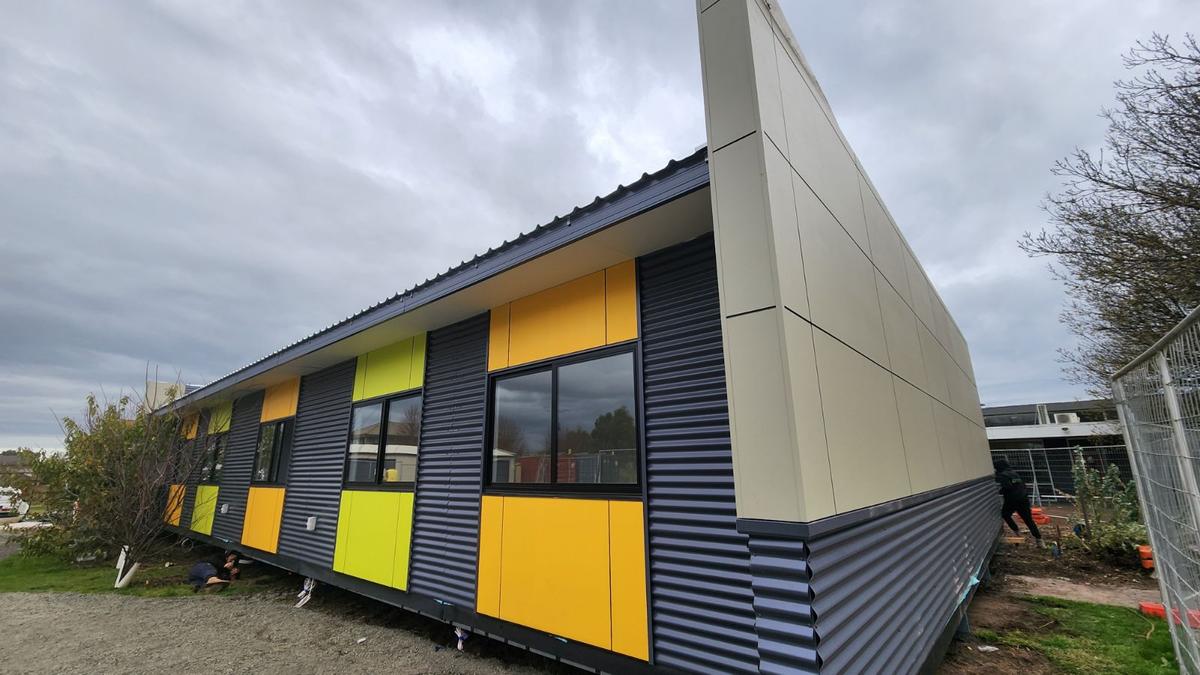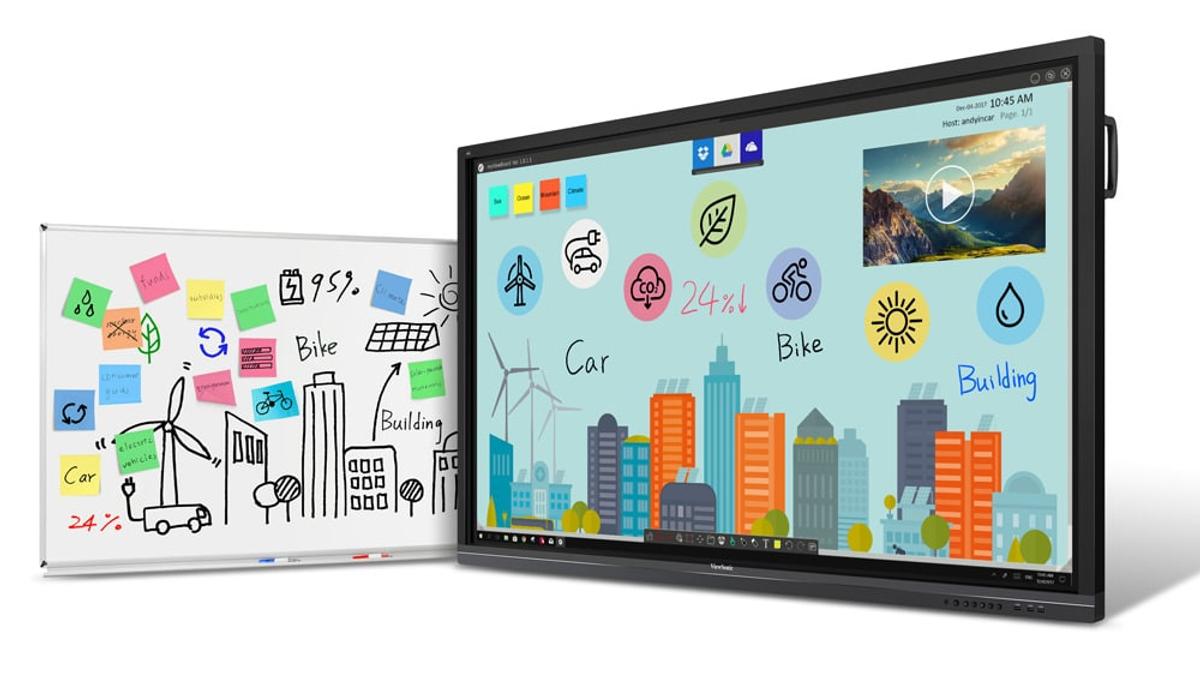From the Principal

From the Ground Up
It is a very exciting time at Lakeside College. As most of you will have seen, we are in the process of creating more learning spaces for our students. In fact, by the end of this year we should have four brand new classrooms and four new staff office spaces. The need for more general-purpose learning areas has come about as a result of growth in student numbers, especially in the Secondary school with the ongoing inclusion of three streams at Year 7 from now on.
The creation of new learning areas provides us with a wonderful opportunity to create unique learning spaces. Creating these spaces involves the careful selection of furniture that accommodates students with a variety of learning styles and preferences. The placement of pin-boards and whiteboards is also important as is the selection of technology to be used to help deliver programs. Across the school we have gone to great lengths and expense to select interactive televisions that have many functions needed for effective teaching in the classroom. We have chosen ViewSonic interactive televisions to assist the learning process because of the following benefits:
Supporting Active Learning. Interactive touch screen displays are meant to assist with active learning. It’s one of the greatest advantages these dynamic devices bring to the classroom.
As the name implies, active learning is learning through engaging with content, by becoming involved in the learning process. It has come as no surprise to seasoned educators that it works so well. Countless activities facilitate active learning but many – if not most – are enhanced when teachers and students use interactive whiteboards.
Collaboration. Students working together consistently tops the list of active learning approaches. Interactive touch screen displays are masterful at enabling collaboration, especially with the multitouch feature that lets several students write onscreen content at the same time. It’s an ideal way to brainstorm, present, analyse text and images, work through an experiment or engage with a learning game. With the use of collaboration software, students can cast and share content from their seats.
Collaboration skills are critical. Today’s employers expect employees to work in teams and collaborate effectively. The traditional one-to-many lecture format fails to foster these skills. Interactive displays enable constructivist learning as they enable students to work together to make connections and develop knowledge.
By 2030, a large percentage of jobs will require strong social-emotional skills. Automation is displacing jobs that require repetitive tasks. Today’s students will engage in work that machines can’t do; like communicating, managing people, and applying expertise. Using touch screen displays with classmates helps students develop social-emotional competencies. These skills include self-awareness and self-management, social awareness, relationship skills, and responsible decision-making.
Demonstration. When students show, explain, and teach, their minds are actively engaged in the learning process. When we do these things on a large interactive screen the benefits blossom, students use this technology to create a presentation with classmates and present together on the big screen. They can also break into workgroups to learn about different aspects of a topic, then teach the rest of the class. With an interactive touch screen, students can pull content from the internet, annotate on top of slides to highlight key points and add video and audio clips. Students are adept at finding creative ways to use technology so when we give them the tools and provide the direction, we sometimes find ourselves amazed at what they come up with.
Experimentation. Active learning is paramount to maximising learning. Interactive touch screen displays bring subjects to life. Students can conduct scientific experiments at the display or work out equations as a team. They can also share their inquiry via screen casting to promote group discussion.
Developing Critical Thinking Skills. Interactive whiteboards help students of all ages develop critical life skills such as problem solving and deep thinking. The workforce our children will walk into will demand greater adaptability, problem-solving and critical thinking. Using technology will be part of their lives and they need to have as much exposure to this as possible. Students have access to a huge amount of information at their fingertips on a daily basis. As educators, we can use this technology to assist students to critically evaluate, observe and analyse information so that what they access and use is valid, relevant and accurate.
To stay afloat in a competitive world, students need to be able to think critically. They must be able to observe and analyse. To suss out smart solutions to complex dilemmas. They need to be able to answer higher-level questions that require thought and exploration. They need to learn to ask why, what if, and how to think through all sides of an issue.
Boost Student Engagement. Students in classes that leverage an interactive touch screen display are more engaged. They pay more attention and are more positive about learning. Teachers often report that increased attentiveness and engagement are the top benefits of teaching with interactive display technology.
This motivating impact of interactive displays is seen at every level of education. There is a great deal of research that shows the benefits of interactive whiteboards in early childhood education. These benefits include gains in achievement, participation, motivation and cooperation. Students are also able to engage in exploration and activities for longer periods of time with increased focus and attention span during lessons.
Bringing Greater Inclusivity. Interactive screens help teachers offer more learning opportunities to more students. Lessons that bring students to the board let kinaesthetic learners get up and move, whilst videos and multimedia presentations appeal to visual and auditory learners. And for those that learn best by reading? Teachers can capture and save on-screen notes and distribute the files for independent review.
The acquisition of new buildings is an exciting time for any school and I would like to take this opportunity to thank everyone for their patience as building works cause a degree of disruption to our usual daily comings and goings.
We will also be completing some landscaping works to coincide with the completion of the buildings and in doing so create more recreational areas for our students to enjoy.
Reflection
A Renewed Spirit and Restored Joy
Psalm 51:1-12
Have mercy on me, O God, according to your unfailing love; according to your great compassion blot out my transgressions.
Wash away all my iniquity and cleanse me from my sin.
For I know my transgressions, and my sin is always before me.
Against you, you only, have I sinned and done what is evil in your sight; so you are right in your verdict and justified when you judge.
Surely, I was sinful at birth, sinful from the time my mother conceived me.
Yet you desired faithfulness even in the womb; you taught me wisdom in that secret place.
Cleanse me with hyssop, and I will be clean; wash me, and I will be whiter than snow.
Let me hear joy and gladness; let the bones you have crushed rejoice.
Hide your face from my sins and blot out all my iniquity.
Create in me a pure heart, O God, and renew a steadfast spirit within me.
Do not cast me from your presence or take your Holy Spirit from me.
Restore to me the joy of your salvation and grant me a willing spirit, to sustain me.
Psalm 51 is a powerful cry for forgiveness and renewal. King David wrote this psalm after his sin with Bathsheba was exposed. It’s a deep and honest confession that reveals the true nature of repentance. An analysis of some of the key verses reveals to us God’s mercy, compassion and love.
Acknowledging Our Need for Mercy (Verses 1-2)
David starts by pleading for God's mercy, recognising his sins and asking to be cleansed. This is a reminder for us to come to God honestly, acknowledging our faults and asking for His forgiveness. In our daily lives, we may not always be aware of our shortcomings, but God calls us to reflect and seek His grace.
The Reality of Our Sinfulness (Verses 3-6)
David understands that sin is not just an action but a part of his very nature. It’s important to recognise our need for transformation, not just a change in behaviour but a renewal of our hearts and minds. God desires truth and faithfulness within us, shaping our character from the inside out.
The Joy of Restoration (Verses 7-12)
The psalmist expresses a deep longing for joy and renewal. When we are restored by God, we experience a profound sense of peace and happiness. Our sins are forgiven, and we are given a fresh start. This renewal brings us back to the joy of our salvation, a joy that sustains us and energises us for the journey ahead.
As we work together, it’s crucial to remember that personal renewal affects our collective spirit. When each of us seeks God’s restoration, it enhances our unity and effectiveness as a team.
Closing Prayer
Loving God,
We thank You for the gift of Your mercy and grace.
As we reflect on Psalm 51, we ask for Your cleansing and renewal in our lives.
Create in us pure hearts and steadfast spirits.
Restore the joy of Your salvation within us and guide us in our work with a willing and joyful spirit.
Help us to be a light to one another and to reflect Your love in all that we do.
In Jesus' name, Amen.
Robert Tassoni
Principal





